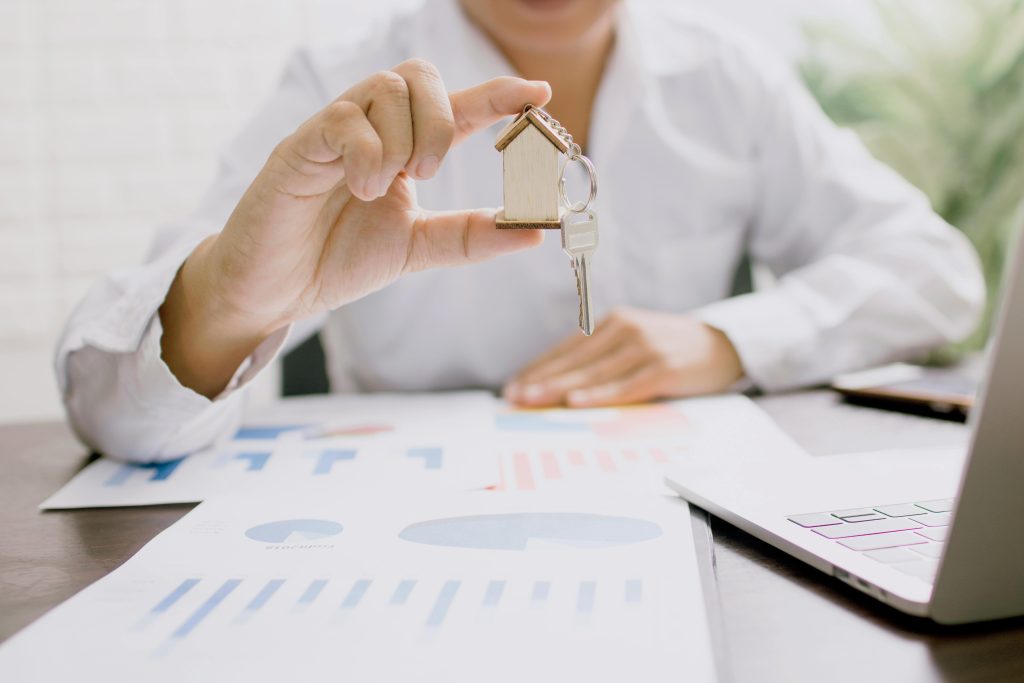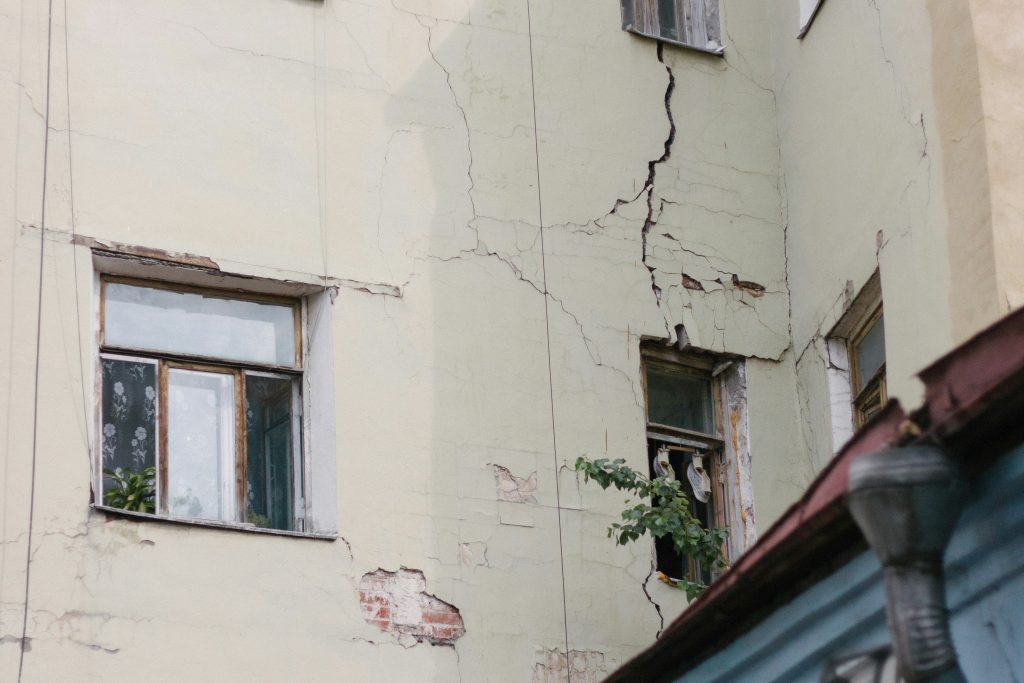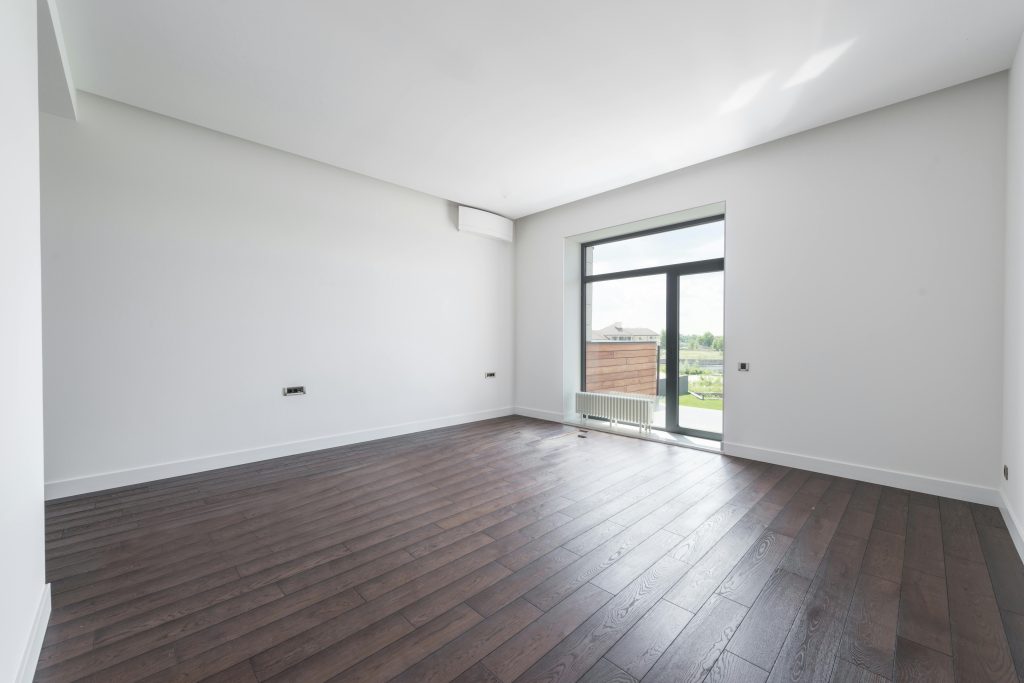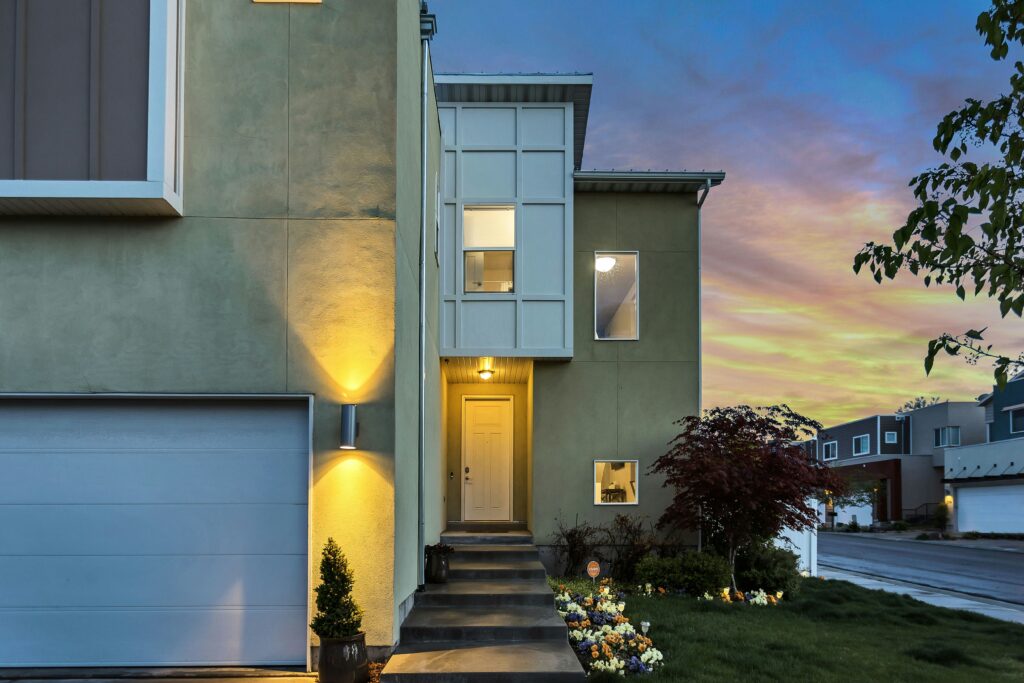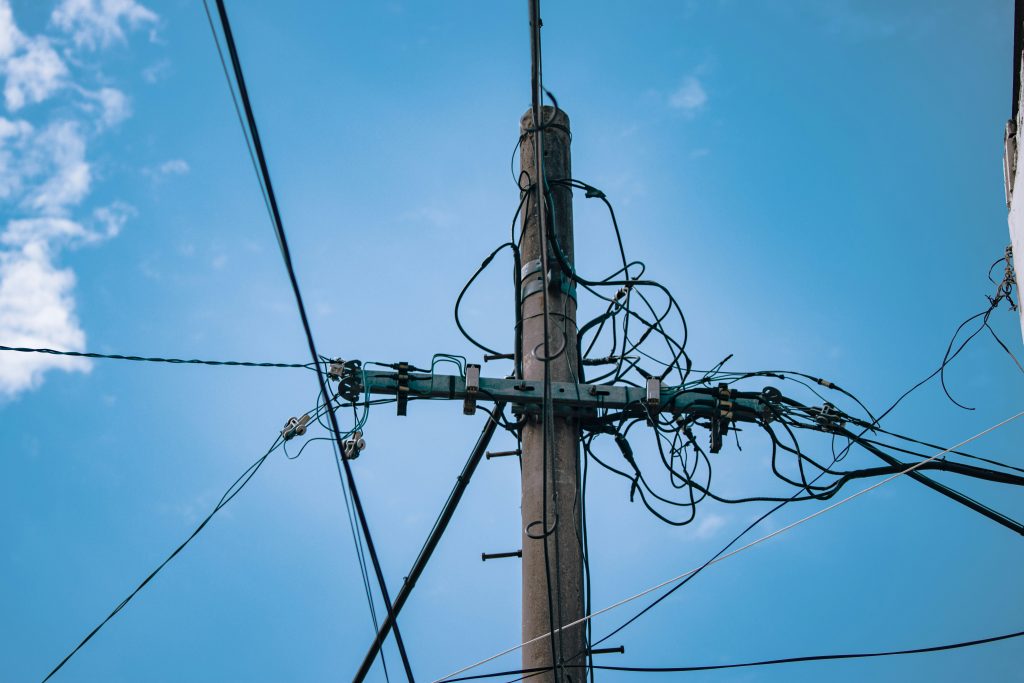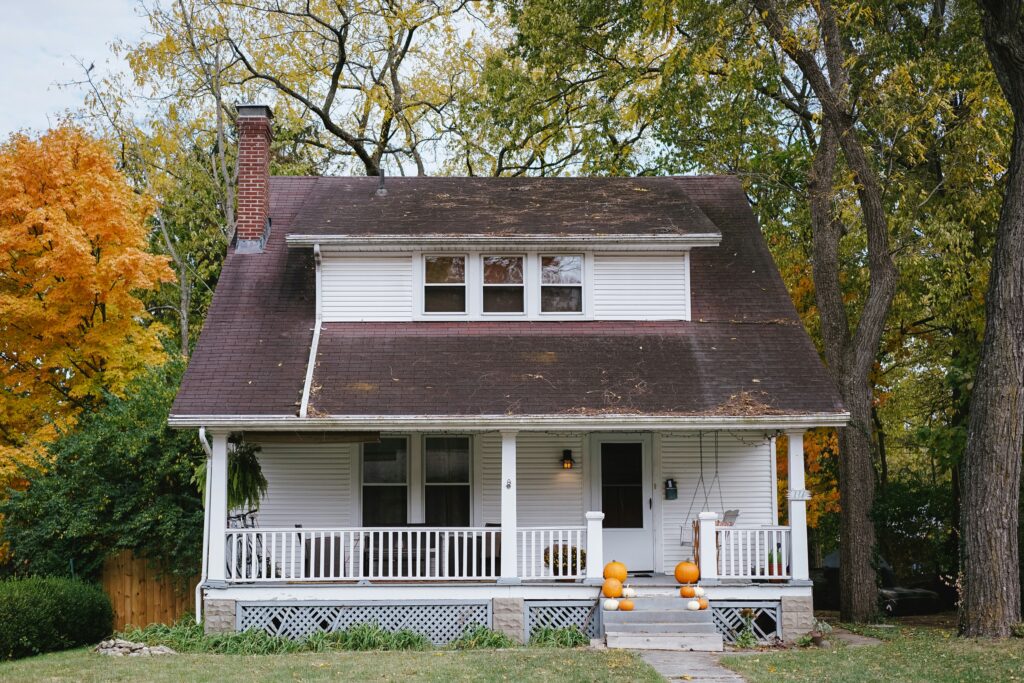When you’re selling a home, it’s the buyer who needs to factor in the stamp duty, right? Well, sort of. The buyer might need to cover the stamp duty, but it’s something you should also be aware of as the seller in case you are buying and selling at the same time. With that in mind, we’ve put this guide together looking at stamp duty land tax when selling a house and what you need to know.
What is stamp duty tax?
Known officially as Stamp Duty Land Tax (SDLT), stamp duty is a tax that’s typically paid by the buyer when purchasing a property in the UK. This tax has roots dating back to the 17th century, making it one of the oldest forms of taxation in the country. Over time, it’s evolved and adapted, but it’s always maintained its place as a key part of property transactions.
The buyer is responsible for paying stamp duty, not the seller. The amount they’ll pay isn’t a fixed figure, as it’s calculated as a percentage of the property’s purchase price. The rate varies depending on the price band the property falls into, with pricier properties attracting higher rates. For instance, a property sold for £500,000 will attract a different rate vs one sold for £2 million.
Despite this general rule, there are exceptions. For instance, first-time buyers don’t have to pay stamp duty on homes up to a certain value. Additionally, there are certain exemptions and reliefs available that could reduce the amount of stamp duty payable.
Does stamp duty exist across the UK?
It’s also worth noting that different stamp duty rules apply in Scotland and Wales, which have their own versions of the tax. In Scotland, Land and Buildings Transaction Tax (LBTT) replaces Stamp Duty Land Tax (SDLT). The tax bands and rates vary based on property value. In Wales, Land Transaction Tax (LTT) is applicable instead of SDLT, with different tax bands and rates again based on the property’s price.
So, while stamp duty might seem like something that’s only relevant to the buyer, it’s worth being aware of as a seller. Understanding how it works can help you better navigate the property market, price your property appropriately and potentially negotiate a more favourable sale.
How Does Stamp Duty Work?
At its core, Stamp Duty Land Tax (SDLT) is calculated based on the price of the property being purchased. It operates on a sliding scale – the more expensive the property, the higher the rate of tax you’re expected to pay. This is what’s referred to as a progressive tax system.
Current SDLT Rates (Effective October 2024 to March 31, 2025):
For residential properties purchased as a primary residence:
- No stamp duty is charged on properties up to £250,000.
- The next £675,000 (the portion from £250,001 to £925,000) is charged at 5%.
- The next £575,000 (the portion from £925,001 to £1.5 million) is charged at 10%.
- Any remaining amount (the portion above £1.5 million) is charged at 12%.
For additional properties or second homes, there is a 5% surcharge (increased from 3% as of 31 October 2024) on top of the above rates.
SDLT Rates (Effective April 1, 2025, onwards):
For residential properties purchased as a primary residence:
- No stamp duty is charged on properties up to £125,000.
- The next £125,000 (the portion from £125,001 to £250,000) is charged at 2%.
- The next £675,000 (the portion from £250,001 to £925,000) is charged at 5%.
- The next £575,000 (the portion from £925,001 to £1.5 million) is charged at 10%.
- Any remaining amount (the portion above £1.5 million) is charged at 12%.
The 5% surcharge for second homes or additional properties continues to apply on top of these rates.
First-Time Buyers:
Current (until March 31, 2025):
- No SDLT is charged on properties up to £425,000.
- 5% SDLT is charged on the portion between £425,001 and £625,000.
- For properties above £625,000, no first-time buyer relief applies.
Post-April 2025:
- No SDLT is charged on properties up to £300,000.
- 5% SDLT is charged on the portion between £300,001 and £500,000.
- For properties above £500,000, no first-time buyer relief applies.
Replacing Your Main Residence:
If you’re replacing your main residence and have already sold your previous home, you won’t need to pay the 5% additional surcharge for second homes. However, if you haven’t sold your main home by the time you complete your new purchase, you’ll need to pay the surcharge initially. You can claim a refund if you sell your previous home within 36 months.
Non-UK Residents:
Non-UK residents must pay an additional 2% surcharge when buying residential property in England or Northern Ireland.
Do Stamp Duty Rates Always Stay the Same?
No, stamp duty rates are subject to change as they are set by the government and can be adjusted based on economic conditions and policy objectives. For example:
- In July 2020, the UK government temporarily raised the SDLT threshold to £500,000 to stimulate the property market during the COVID-19 pandemic.
- As of April 2025, SDLT thresholds will revert to pre-2022 levels, significantly altering the nil-rate band and rates for lower-value properties.
The devolved governments in Scotland and Wales operate separate systems (Land and Buildings Transaction Tax in Scotland and Land Transaction Tax in Wales), which can and do change independently of England and Northern Ireland.
How Does Stamp Duty Affect Property Sellers?
While buyers are responsible for paying stamp duty, it can indirectly impact property sellers. Here’s how:
- Buyer Budget Impact: High stamp duty costs can reduce the amount buyers are willing or able to spend on a property, potentially leading to lower offers or fewer buyers.
- Slower Market: Increased SDLT rates, such as the 5% surcharge for additional properties, may discourage investment buyers, reducing competition in the market.
As a seller, understanding stamp duty and its impact on buyer behavior is key. Setting a realistic asking price and preparing for negotiations can help ensure a smoother sales process.
Frequently Asked Questions
1) Does stamp duty apply to inherited properties?
No, stamp duty isn’t applicable when a property is inherited, as there’s no purchase transaction. However, if the property has an outstanding mortgage the heir takes on, SDLT may be payable on the mortgage amount. Additionally, if the heir later sells the property, the buyer will be subject to stamp duty.
2) Are there any exemptions to stamp duty?
Yes, exemptions apply in certain situations:
- First-time buyers pay no SDLT on properties up to £425,000 (until April 2025) or £300,000 (post-April 2025).
- Transfers of property due to divorce, separation, or gifting are exempt.
3) Does stamp duty apply to non-residential properties?
Yes, stamp duty applies to non-residential properties such as shops, offices, agricultural land, and forests, but the rates differ from residential properties.
4) Do I have to pay stamp duty if I’m buying a second home?
Yes, for second homes and buy-to-let properties, you’ll need to pay an additional 5% surcharge on top of standard SDLT rates.
5) What happens if I don’t pay stamp duty?
Failure to pay SDLT can result in penalties and interest charges. Always seek advice from a solicitor or property professional to ensure accurate payments.
Stamp duty when selling a house
This has been your whistle-stop tour of stamp duty and its implications for property sellers. While it might seem like a buyer’s issue, the impact of stamp duty on the property market means it’s something you can’t afford to ignore when selling your house.
If you are planning on selling your home and want a quick sale without worrying about stamp duty fees for the buyer, get a free, no-obligation quote from Property Rescue in seconds. We can sell your house fast and remove the stresses involved.

